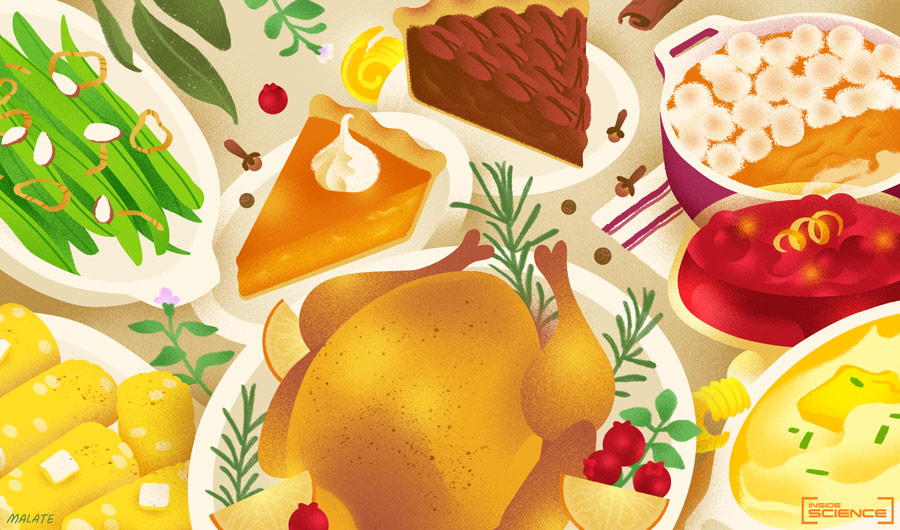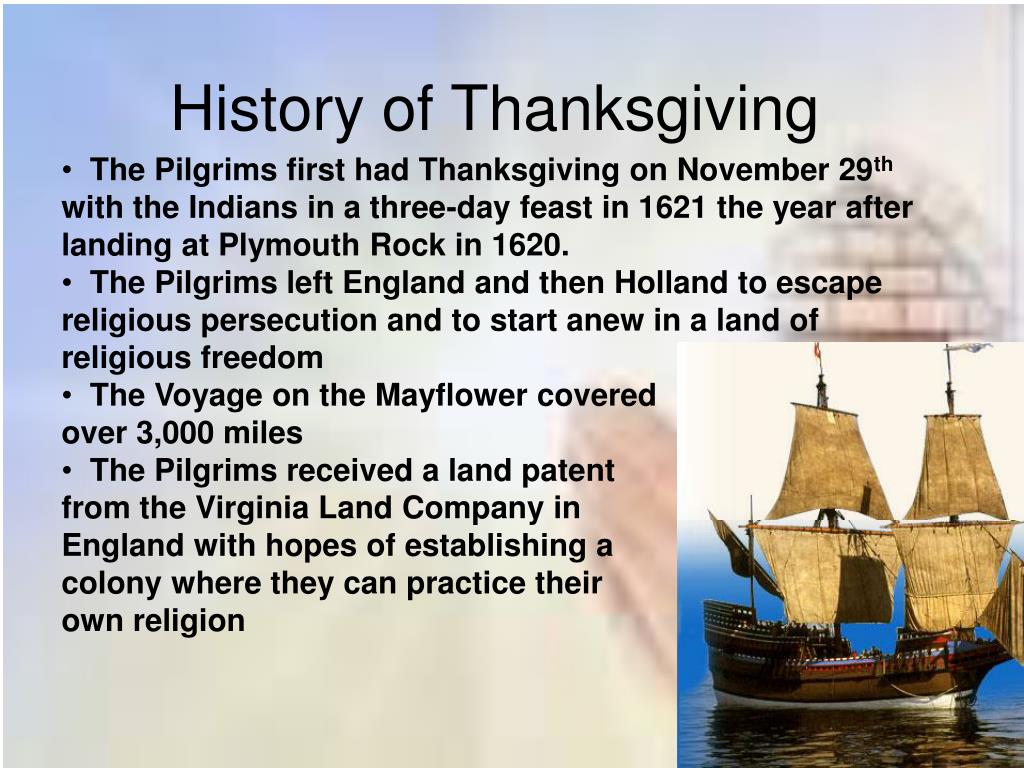
The centuries that would follow would not exactly be peaceful between the Indigenous tribes and colonists in North America. And although it be not always so plentiful as it was at this time with us, yet by the goodness of God, we are so far from want that we often wish you partakers of our plenty.”Įdward Winslow, Mourt’s Relation: D.B. At which time, amongst other recreations, we exercised our arms, many of the Indians coming amongst us, and among the rest their greatest king Massasoit, with some ninety men, whom for three days we entertained and feasted, and they went out and killed five deer, which they brought to the plantation and bestowed on our governor, and upon the captain and others. They four in one day killed as much fowl as, with a little help beside, served the company almost a week. The little we know of those three days comes from this diary entry by Edward Winslow, a leader in the colony: “And God be praised we had a good increase… Our harvest being gotten in, our governor sent four men on fowling, that so we might after a special manner rejoice together after we had gathered the fruit of our labors. Whether the Pilgrims invited the native Wampanoag tribe to their feast has been debated, but the Indigenous people likely brought deer and guests to the event.

(Yes it was spelled with an i not a y based on the original spelling by their Governor William Bradford.) Military demonstrations and games also took place as a part of the events on Plimouth Planation. Then in 1621 came a banner harvest, so sometime between September and November, the settlers celebrated with a feast that lasted three days drawing from their harvest and food from the Wampanoag tribe, the larger tribe that the Patuxet was a band of. He also helped them learn to fish land that had been his tribe's, the Patuxet, before they were killed by smallpox.

The first winter they spent their was difficult, but a Native American man named Squanto, who spoke English because he had been enslaved, helped them plant corn. The story behind Thanksgiving starts in 1620 when a group of Protestants, who had left their native England after they were persecuted for their religion there, landed in Plymouth, Massachusetts.

Some of the story might sound familiar, while other more complicated parts might not. We'll take you on a journey back more than 400 years to a group of settlers in a new land and the memorable meal they shared with. It will renew the sense of meaning to the holiday of feasting, and will give you some trivia to share with the family and friends you eat with this year. So as you make menu plans and start cooking up all that stuffing and and all those pies, read up on Thanksgiving history too. When was the first Thanksgiving? Why is Thanksgiving celebrated? What do the facts of Thanksgiving have to do with Plymouth and the year 1621? What is the history behind it all? We've got all those answers and more here for you.


 0 kommentar(er)
0 kommentar(er)
